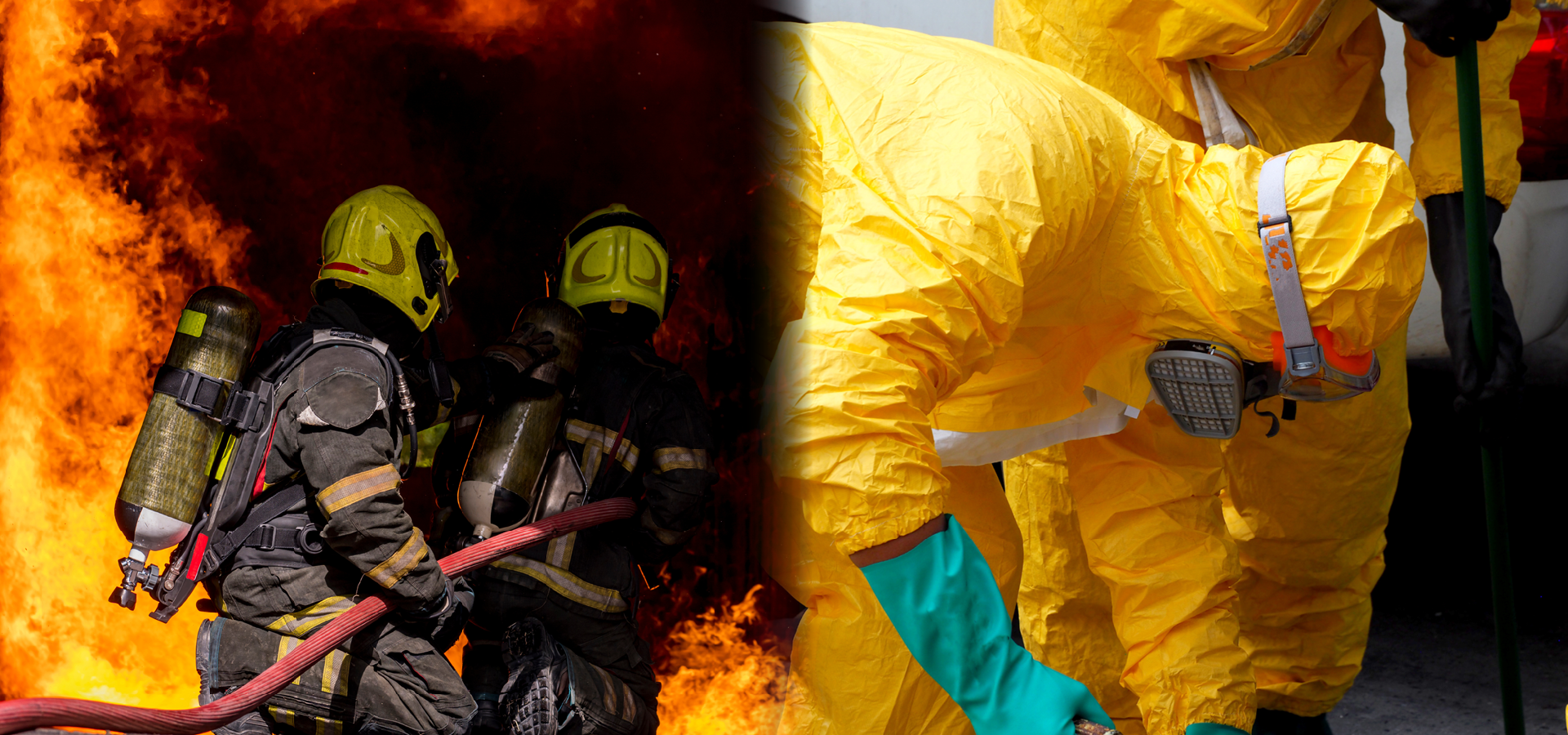Do You Know Your Emergency Action Plan?

Emergencies can happen at any time when on the job. Should a fire break out, a chemical spill occur, or another emergency prevail, it is critical that you know and follow your company’s pre-arranged emergency action plan.
Components of an Emergency Action Plan
No matter what industry you are in, the Occupational Safety and Health Administration (OSHA) states that there are several components that must be included in an Emergency Action Plan.
- Prepare separate responses for different types of emergencies. Responding to a hurricane is very different from responding to a gas release.
- Include an evacuation plan specific to each section of your facility.
- Keep a list both inside and outside your building that includes names, numbers, addresses, and emergency contacts for every employee and worker who may be on-site. Also include a method for accounting for all employees after an evacuation.
- Post the contact information and responsibilities for outside responders such as fire, police, utility providers, who will assist in an emergency.
- List employee roles and procedures, including the reporting of the emergency and the procedures for those who may stay behind to perform critical operations post-evacuation.
- Include the responsibilities and contact information of the leaders who will assist the physically challenged or perform other medical or rescue duties.
- Conduct routine check-ins to ensure that everyone knows their specific role and responsibilities during an emergency.
Note: It is important that employees with specific roles and responsibilities during an emergency undergo the necessary training, so that they are prepared. It is also critical that refresher training and practice drills are regularly conducted for all employees.
During an Emergency
- If you discover an emergency, stop what you are doing, sound the alarm, and evacuate.
- If you hear an alarm signal, stop your work immediately and evacuate.
- When evacuating, always report to the designated meeting area.
- During an evacuation due to a gas release, observe the wind direction and evacuate crosswind.
- Avoid temptations to stick around and help or see what is going on.
- This delays you from reporting to your designated meeting area.
- If you do not report to your assigned area, your supervisor cannot assume that you have escaped and are safe.
- This will often lead emergency responders to go back into the area to look for you, risking their lives.
- For the sake of emergency responders and yourself, always report to your designated meeting area immediately when an evacuation alarm is sounded.
Note: It is crucial to be aware of the different types of alarms present at your workplace, so you can react accordingly when an alarm is sounded.
